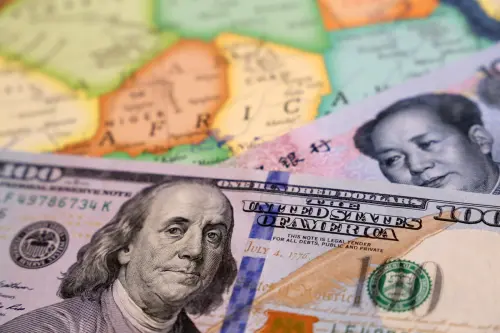Content from the Brookings-Tsinghua Public Policy Center is now archived. Since October 1, 2020, Brookings has maintained a limited partnership with Tsinghua University School of Public Policy and Management that is intended to facilitate jointly organized dialogues, meetings, and/or events.
 For the five-year period between 2015 and 2019, China’s President Xi Jinping set ambitious goals for exchange with the Latin American and Caribbean region (LAC): $500 billion in trade and $250 billion in direct investment. The pledge was made in January 2015 at the first ministerial meeting of the Forum of China and the Community of Latin American and Caribbean States, which was held in Beijing. Although it remains to be seen if this degree of integration can be achieved, the investment target is certainly plausible, as China is likely to emerge in the next few years as the world’s largest supplier of capital.
For the five-year period between 2015 and 2019, China’s President Xi Jinping set ambitious goals for exchange with the Latin American and Caribbean region (LAC): $500 billion in trade and $250 billion in direct investment. The pledge was made in January 2015 at the first ministerial meeting of the Forum of China and the Community of Latin American and Caribbean States, which was held in Beijing. Although it remains to be seen if this degree of integration can be achieved, the investment target is certainly plausible, as China is likely to emerge in the next few years as the world’s largest supplier of capital.
That a developing country is emerging as the world’s largest investor is a surprising phenomenon. In this paper, David Dollar examines China’s investment in LAC and tackles some important questions that arise. To what extent does Chinese investment differ from other foreign investment? What are the implications for LAC of Chinese investment deviating from global norms? As China’s investment increases, will it become more typical, will it reshape global norms, or will it remain somewhat at odds with global practices?
The Brookings Institution is committed to quality, independence, and impact.
We are supported by a diverse array of funders. In line with our values and policies, each Brookings publication represents the sole views of its author(s).






